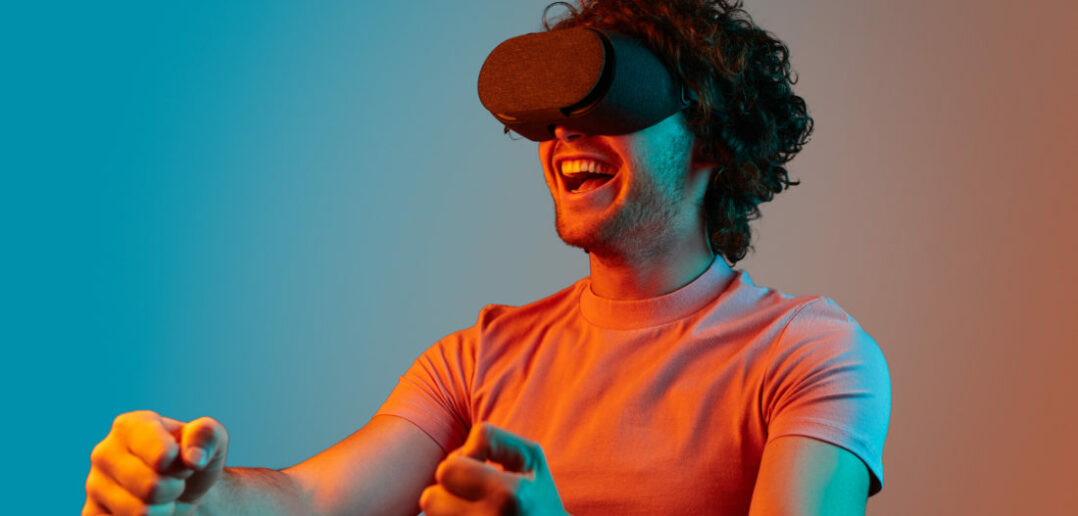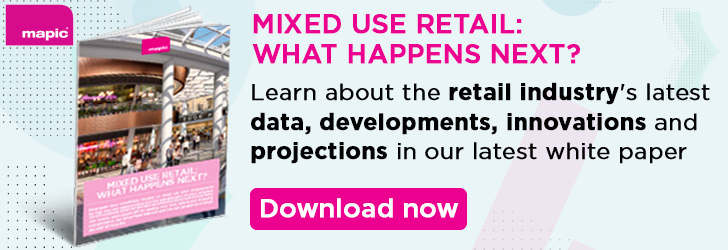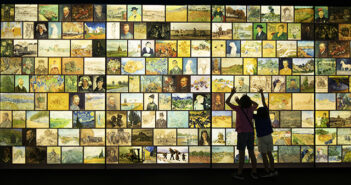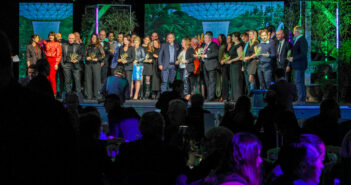LeisurUp’s final webinar session featured six panellists, viewer questions and a review of what operators, retailers and customers can expect as leisure operators reopen their businesses under new Covid19 rules. Here’s how our experts see the immediate future of the attraction industry and the tourism business.
Andreas Waschk, chairman, AWC/Explorado Group
Changing behaviour for leisure attractions
“A trip has to have a meaning for people. For our five venues, we are only opening the outside for now. There are changes already, pre-booking is now accepted when it was previously a challenge. So, we have a chance to change behaviour. The question is, can we make play out of the new procedures, rather than rules?
Adapting the leisure industry offer
“Some of venues which previously were interactive and hands-on have turned what they do into shows, telling the story of a place in a different way. That also means adapting the time – we see formats such as quests, where ‘gratification’ is much shorter. We also see a more local approach, additionally with different values. And a greener future, for example far more cycling in cities and visitors with a deeper meaning for going.”
Eddie Kemsley, CEO of Sands Heritage/Dreamland Margate
The leisure experience starts pre-visit
“Everyone is at different stages of reopening. We are taking best practice from around the world and it’s obvious that social media and online best practices require information to be simple and clear. Upon arrival, first impressions count, from parking all the way through the attraction. Staff, training, pre-admission and ensuring customers understand what will happen are vital. We’ll see tickets in advance, timed visits, limited capacities. Key to it all is the pre-visit piece.”
Adapting the leisure attraction offer
“We are going to see huge variations on what we can do. Rides and VR will be very tricky, from hygiene to management of queues. So we’ll see adaptation of existing offers and also new styles of entertainment – for example takeaway food, drive-in movies. I suggest people constantly monitor what people are doing around the world. People will think more about how they spend their leisure time. In the medium to long term this will be a huge plus in terms of people’s desire to create memories and experiences. The challenge is to weather the storm over the next 12-18 months.”
Blending retail and leisure experiences
“Look at what was going on already where retail meets leisure. We now have to become more innovative and creative. Take something like [immersive cinema experience]Secret Cinema, which has adapted to Secret Sofa. We have to work harder to come up with multi-sensory experiences for people. I think we’ll also see dynamic pricing – for example high prices at restaurants for Saturday night, cheaper on a Tuesday.”
Louis Alfieri, principal and chief creative officer at Raven Sun Creative
Rethinking and re-evaluating leisure attractions
“It’s about adaptation of existing assets. Most leisure attractions don’t have time to invest a lot more money so how can you be adaptive. Take, Knotts Berry Farm. It is now refocusing on delivery of chicken and pie – which is how it originally started – and is performing very well. The challenge is to reproduce what you do to give you an advantage. Through the different stages of reopening, we will some things that go away over the next 12 weeks and others that will change and people will expect to see.”
In-home versus out-of-home entertainment
“In-home versus out-of-home: it’s already apparent and an ongoing discussion, especially with the rise of AR and VR, notably being on the cusp of an AR revolution. Right now, we can trial things, it’s an opportunity to try things because people will be more open. Owners will be open to try some riskier things. Already you can see out-of-home come to in-home, for example virtual museum tours. So there is an opportunity to create an eco-system.”
Branding and relationships in leisure attractions
“Brands need to bring value in terms of their overall strategy. How can individual, smaller experiences be brought together for a longer experience? At the leisure attractions, how are rules explained? How do you communicate positively? One opportunity I see is haptics – interaction with gesture movements to avoid touch, plus a luxury pricing model, with a smaller group at a high level experience.”
Charles Read, managing director, BLOOLOOP
Making people feel safe in leisure attractions
“Some changes will be accelerated, such as virtual queuing. Covid is an accelerator, with a huge amount of innovation both indoors and on the operator side. We won’t be going back to what we had before. For example, gamification before arrival, representing a seamless integration. The way people interact will be thought about a lot. Obviously there will be an investment in hygiene. Also, facial recognition, ticketing. People will need to feel totally safe.”
Jonathan Doughty, global head of foodservice, leisure and placemaking, ECE Projektmanagement
Rethinking landlord and tenant relationships
“We are seeing is a rethinking of landlord and tenant relationships. We were already moving that way, especially in retail. We are seeing a level of intelligence coming in beyond property valuation – that fact alone will see new business models. What we are having to do is create the necessary skills and finance to help customers get to the next step. In the past it was just covenants and long leases but look at the UK, there are high streets with retailers who are a long way past their sell by date.”
Leisure places, home and away
“As landlords our job is finding the right places and spaces for people. Covid has just got people moving much, much faster. At the moment, we are seeing a diversion of the spend. People are using take out because restaurants are closed, watching Netflix because cinemas are closed. Landlords are up for the challenge of opening.
The leisure experience won’t fix it
“If it’s broken it is not going to be fixed by leisure. Probably 10-15% of space in shopping centres without a leisure offer would benefit from leisure to extend day parts. But so many were never designed for that. Frankly, retail has not been good enough at keeping people engaged. But we mustn’t forget that leisure doesn’t have to be a multi-million-euro installation, it can be a meal, a walk in the country or by the beach. Our buildings are people places and can be repurposed for whatever we want to do. The financial returns of what came out of retail are not going to come again.”
Massimiliano Freddi, leisure consultant at TradeLab & chairman, EMEA Education Subcommittee and Member of the Board of IAPPA
Retail destinations: More than a commodity
“Retailers got used to becoming a commodity – 30 years ago it was enough for a shopping centre to have a cover from the rain or air conditioning, but now take Finland – you go to a mall, you find beautiful libraries. So you select a place which you find simply better. For landlords and retailers, for marketing too many landlords rely on the tenants. The new deal is to think much more of the mall as cities/destinations.
Patience is a virtue in leisure attractions
“The malls that have issues, will have even bigger issues. No new issue has come out of Covid19, but every issue got enhanced. However, you cannot solve problems in the eye of a tornado. Right now, patience is required. We need to listen and see what people are longing for. Installations have opened with very reduced capacities. So we know there is a very strong demand for 30% of capacity. But that’s all we know. Right now I suggest you visit as guests. The key is the ‘Benefit from’ question – How will we make people benefit from visiting out centre?”






